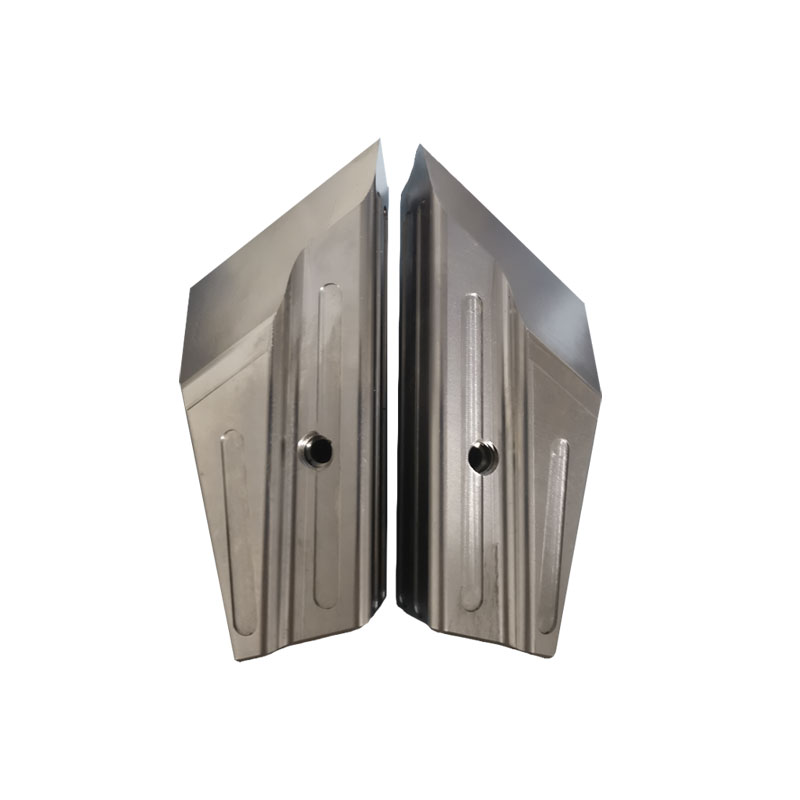1. Guide post and guide sleeve unit There are two types […]
1. Guide post and guide sleeve unit
There are two types of mold guide methods and accessories: guide posts and guide sleeve units: (A). Outer guide type (mold base type or main guide), (B). Inner guide type (or auxiliary) lead). In addition to meet the requirements of precision molds, there is a high demand for using both external and internal guidance.
(1) External guide type: Generally used for molds that do not require high precision, most of them are sold as a unit with the mold base. The main function is to align the blades when the mold is installed on the punching machine. There is almost no stamping process. Dynamic accuracy retention effect.
(2) Inner-guided type: Due to the development of mold parts processing machines, it has rapidly spread. The main function is not only the matching of the blades when the mold is installed on the punching machine, but also the dynamic accuracy maintenance effect in the stamping process.
(3) Combined use of external and internal guidance: a pair of molds use both external and internal guidance devices.
2. Punch and die unit (round)
(1) Punch unit: According to its shape (shoulder type and straight type), length, and convenience of maintenance, the use of the punch unit should be matched with the blank guide sleeve unit.
(2) Concave die unit: The circular die unit is also called the die guide sleeve unit, and its forms are monolithic and separate. It depends on the production quantity, service life, and product or punching location. The combination series are: (A). Use the template to directly process the shape of the die, (B). The escape part with two bevel angles, (C). Whether to use the back plate, (D). Irregular die shape must There is a rotation prevention design.
3. Pressure bolt and spring unit
(1), pressure bolt unit: the types of pressure plate bolts are: (A). External screw type, (B). Sleeve type, (C). Internal screw type. In order to maintain the parallel state of the pressing plate at the specified position, the stopping method of the pressing bolt (shoulder contact position): (A). Die seat cavity receiving surface, (B). Punch fixing plate top surface, (C). The top surface of the punch back plate.
(2) Pressing spring unit: movable pressing plate pressing spring unit can be roughly divided into: (A). Single use type, (B). Combined use with pressing bolt
It is best to consider the following points when choosing a pressing spring unit:
(A). Ensure the free length of the spring and the necessary compression (the spring with large compression should be placed in the cavity of the pressure plate).
(B) Whether adjustment of initial spring compression (pre-compression) or load is necessary.
(C) Consider the ease of mold assembly or maintenance.
(D). Consider the relationship with the length of the punch or pressing bolt.
(E) Consider safety (to prevent the spring from flying out when it is broken).
